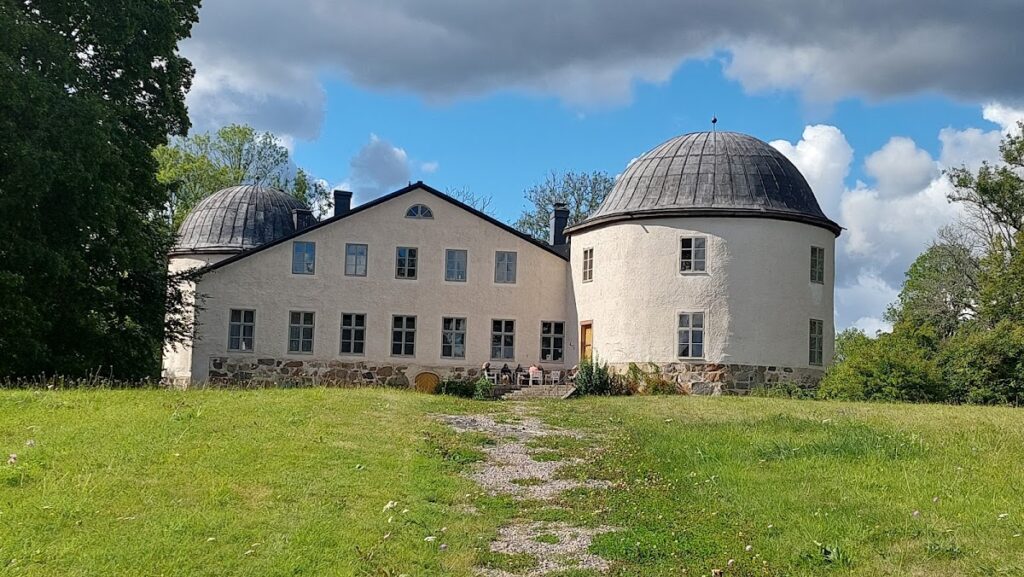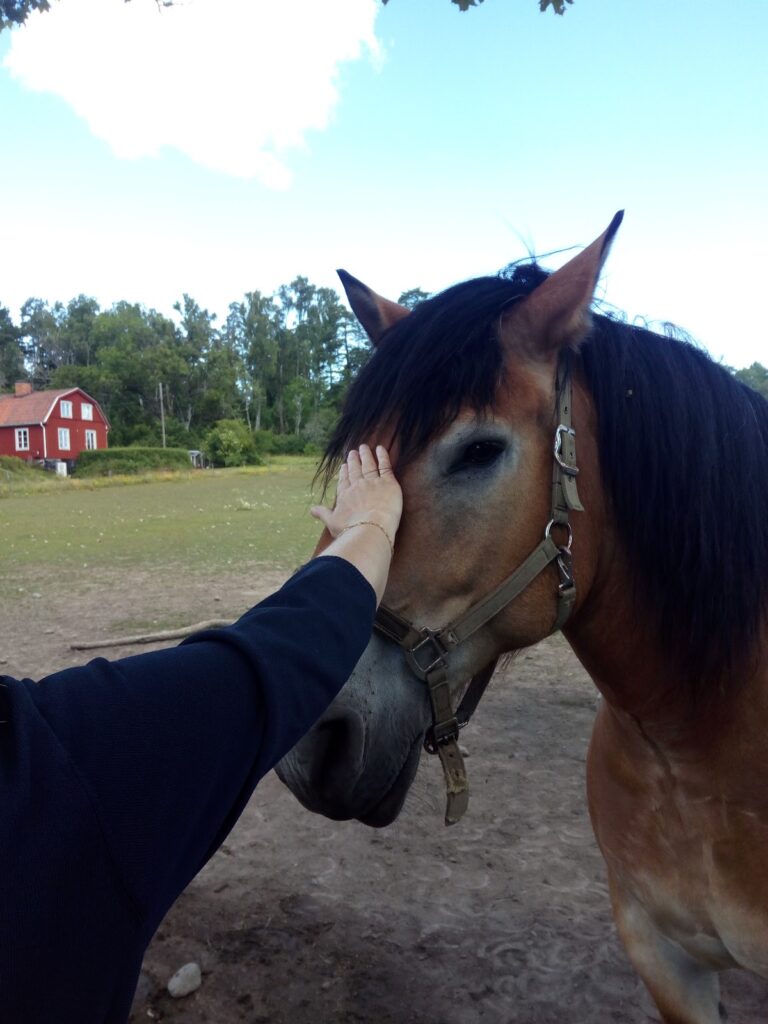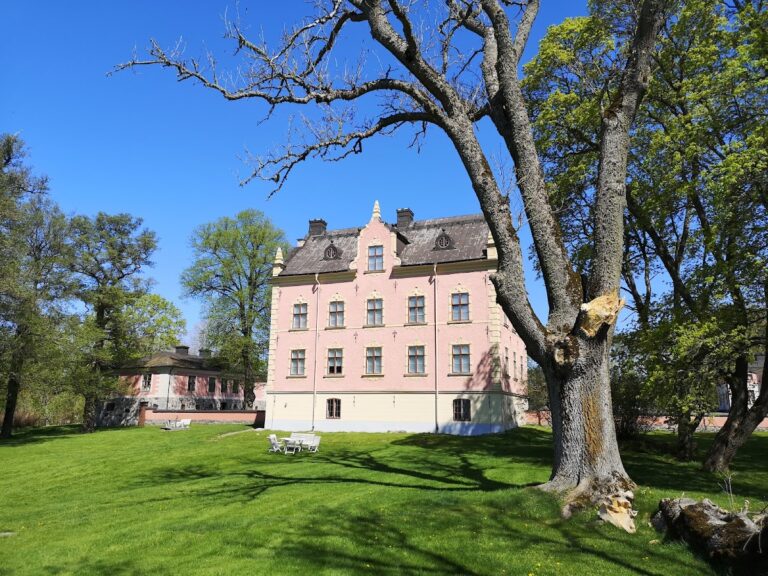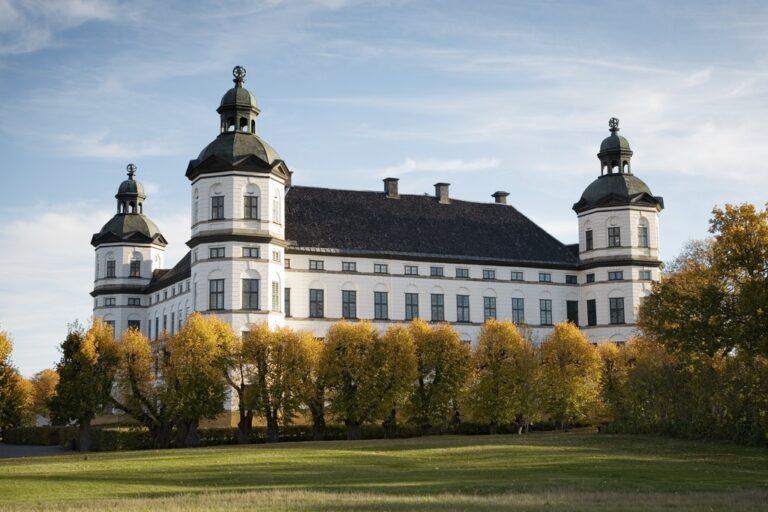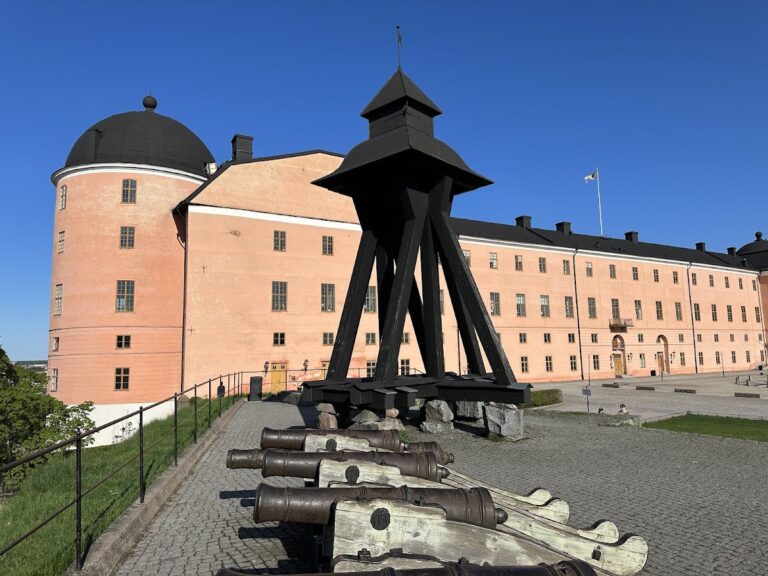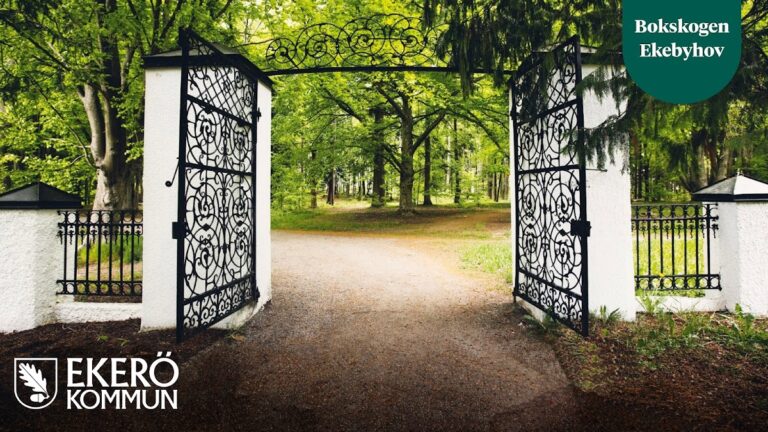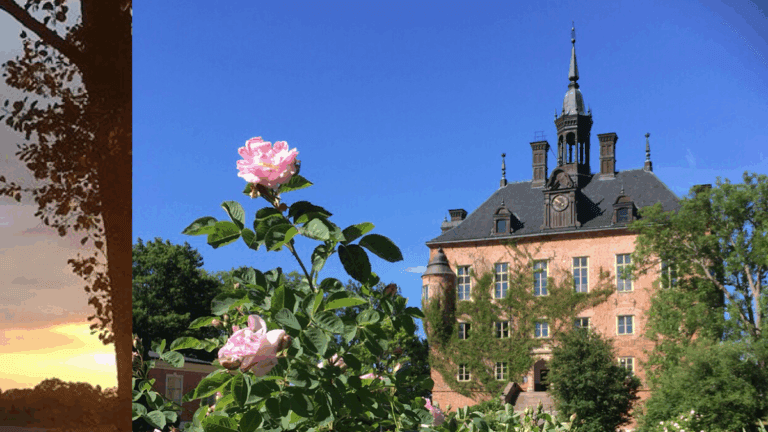Penningby Castle: A Medieval Swedish Fortress and Noble Residence
Visitor Information
Google Rating: 4.2
Popularity: Very Low
Google Maps: View on Google Maps
Official Website: svensktkulturarv.se
Country: Sweden
Civilization: Unclassified
Remains: Military
History
Penningby Castle is situated in the municipality of Norrtälje in Sweden and was established by Swedish builders during the medieval period. The site’s origins trace back to the early 14th century, with the castle itself first appearing in Swedish records in the 1330s. Nearby, remains of an older fortress at Estängen indicate an earlier defensive structure that likely preceded the extant castle.
Construction of the current castle began in the 15th century, initially as a private residence fortified to serve defensive needs. This phase saw substantial development under Birgitta Tordsdotter Bonde, the daughter of Tord Karlsson Bonde, who held the high military office of Lord High Constable of Sweden. Her involvement marked a significant stage of expansion, reflecting both the growing importance of the estate and its owners’ status.
During the late 1400s and early 1500s, Lord Lars Turesson, associated with the noble Tre Rosor family, undertook further enhancements. He constructed a large tower and remodeled the eastern façade to include a new entrance. This period also introduced the castle’s notable sea tower, which later featured a distinctive rounded salon regarded as one of the most elegant rooms on the premises. The estate’s strategic position near waterways that formed part of a medieval route linking the Baltic Sea to the religious center of Uppsala underpinned its military and administrative relevance.
Throughout its history, Penningby Castle passed through the hands of several prominent Swedish noble families. Among these were the Vasas, notably Nils Kettilson who was an ancestor to King Gustav I, followed by families such as Fleming, Bielke, Ryning, Oxenstierna, Torstenson, and others. From the mid-19th century, the Nordström family took ownership, maintaining the estate into modern times.
The castle’s historical significance includes its connection to Svante Nilsson, born here around 1460, who governed Sweden as regent from 1504 until his death in 1512. Additionally, the manor employed Olof Persson Stille, an early Swedish settler who later became a magistrate in colonial Pennsylvania, linking Penningby to New World history.
A fire in 1831 caused extensive damage to the interiors, prompting reconstruction that included a new roof and house framework. Later restorative efforts, extending into the 20th century, repaired the towers and preserved the structural integrity. In 1805, the castle’s garden received a redesign inspired by the English landscape style, overseen by Countess Maria Juliana von Rosen.
Between 1951 and 1953, a comprehensive restoration took place, after which the castle was officially recognized in 1980 as a national cultural heritage site. Throughout the 20th century, Penningby Castle also served as a filming location for several Swedish films and television productions.
Remains
Penningby Castle today presents a roughly square main building complemented by two round towers positioned diagonally at its corners. The southwestern tower is notable for containing a large well, strategically located near watercourses that once connected Penningbyån and Väsbysjön. These waterways played a vital role historically, forming part of a medieval transport route between the Baltic Sea and Uppsala.
The castle’s lower two floors exhibit medieval construction methods, built using gray stone and featuring rooms covered by cylindrical vaults—a type of arched ceiling providing both strength and fire resistance. These lower levels preserve sections of original fortress walls, including fragments of the medieval defensive structure that once protected the estate.
Above the stone foundation, the two upper floors were mostly rebuilt during the 17th century, constructed from sandstone that contrasts with the sturdier stone below. The castle originally reflected a twin house design, a relatively rare fortress layout for a coastal location, combining residential and defensive functions.
One of the castle’s architectural highlights is the sea tower’s round salon, a room acclaimed for its beauty and likely added during Lord Lars Turesson’s enhancements in the late 15th or early 16th century. This area exemplifies the blend of function and refinement uncommon in many defensive castles of its time.
After the destructive fire of 1831, the castle’s roof and main house structure were replaced, with later restorative work focusing on stabilizing and restoring the towers. Architectural records, including drawings from the 17th century preserved in the Bergshammar collection at Sweden’s National Archives, document these developments and the evolution of the castle’s form.
Additionally, the surrounding estate features a garden redesigned in the early 19th century following the English landscaping tradition, which emphasized naturalistic layouts and gentle curves, moving away from earlier formal garden styles.
Overall, the remains at Penningby Castle reflect centuries of building, damage, and renewal, illustrating its importance as both a fortified noble residence and a site of historical continuity.
